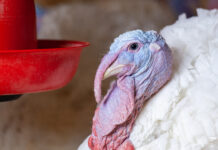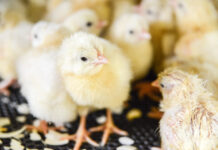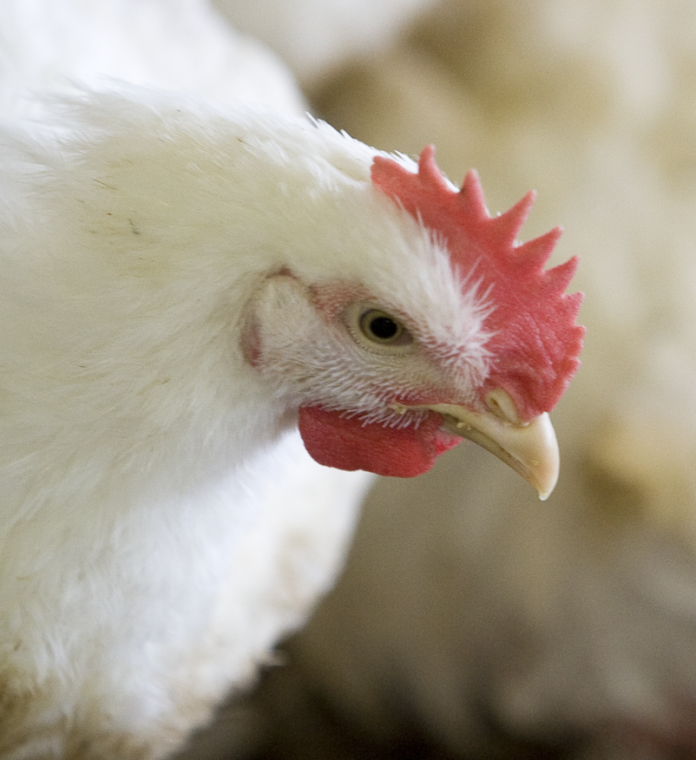
Phytases have been heavily researched for decades and been used commercially since the early 1990s. Phytase from microbial origin is therefore added to monogastric diets as it can reduce the incorporation of inorganic P sources in the feed, reducing feed cost and P excretion in the environment.
L. Nollet1, R. Serwata1, T. Wibowo2, F. Poernama2
1 Huvepharma NV, Belgium, 2 PT JAPFA COMFEED Indonesia
Introduction
Phytate is the main storage form of phosphate in plant matter and in vegetable feed ingredients where it can normally be found in concentrations of 5 to 25 g/kg (CVB, 2018).
Phytate has anti-nutritive effects in poultry because it binds phosphorous and other nutrients and decreases their availability (Beeson et al., 2017). Therefore, phytase can also lead to improved animal performance. The aim of this trials was to evaluate the effect of a novel, intrinsic heat stable phytase on animal performance and nutrient digestibility.
Material and methods
A total of 2160 male broilers (DOC MB202 Platinum) were distributed over 60 pens (12 pens per treatment and 36 broilers per pen) for 35 days. A starter feed (day 1 to 21) and finisher feed (day 22-35) were used (both pelleted). A positive control feed was formulated to meet all animal requirements including P and Ca. A negative control (NC) feed was reformulated to reduce this positive control (PC) by 2 g/kg protein, 0.2 g/kg dig. lys, 1.8 g/kg Ca and available P (aP), and 0.09 MJ/kg ME (Table 1). The reduction in dig. lysine was applied to all other essential amino acids in order to maintain the same ratio to lysine as in the PC.
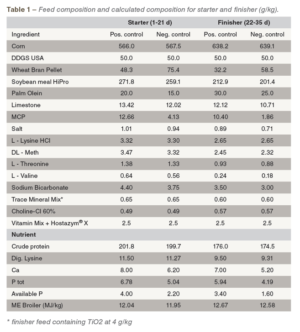
The NC was supplemented with a novel, intrinsic thermostable phytase (OptiPhos® Plus, Huvepharma) to reach 0, 250, 500 and 1000 FTU/kg of feed. To all feed an NSPase (Hostazym® X, Huvepharma) was added. The finisher feed contained TiO2 as a marker at 4 g/kg. Body weight gain, daily growth rate, feed intake and feed conversion were determined for every feeding phase. Bone ash was determined on a pooled sample of 3 birds per pen. The bones were dried overnight at 100 ºC, defatted in ether for 6 h, and burnt to ash in a muffle furnace. At the end of the trial, 10 birds per replicate were euthanised and ileal samples was collected according to the methodology of Shastak et al. (2012). Total P, Ca, CP and TiO2 were analysed in order to calculate their digestibility using TiO2 as digestibility marker. Phytase was analysed in all feeds by ISO30024 (2009) to verify good incorporation.
Result and discussion
Phytase levels detected in the phytase supplemented feed were in line with the aimed doses (260, 510 and 875 FTU/kg for starter and 270, 670 and 1010 FTU/kg in finisher for 250, 500 and 1000 FTU/kg respectively). Phytase levels in all PC and NC feeds were not detectable (<50 FTU/kg).
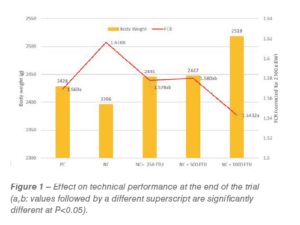
Despite the reduction in nutrients, in particular the strong reduction in Ca and P level, there was only a limited effect on end weight (2396 vs 2428 g for the NC and the PC respectively), and a small, but statistically significant, effect on feed conversion ratio (FCR; 1.600 vs 1.572 respectively; P<0.05; Figure 1).Adding the phytase at 250 FTU/kg already brought FCR back to the level of the PC feed, while end weight increased to 2445 g. Dosing higher levels of the phytase did not have a supplemental effect on FCR; however at 1000 FTU/kg the final end weight was 90 g higher than the end weight of the PC birds.
Addition of the phytase had a dose-response effect on bone ash percentage (Table 2). The inclusion of 1000 FTU/kg could bring back the bone ash level to that of the PC level, indicating that it can compensate almost completely for the 1.5 g/kg reduction in aP in the feed.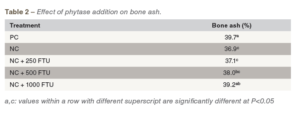
The digestibility of P increased linearly with increasing levels of phytase addition (71.3, 76.9 and 78.4 % for 250, 500 and 1000 FTU/kg versus 46.3 and 48.7% for the PC and the NC respectively; Table 3). This effect was significant for all phytase versus PC and NC while also the 1000 FTU/kg level gave significant higher P digestibility vs the 250 FTU/kg inclusion level. Crude protein digestibility tended to increase with phytase addition. Ca digestibility was significantly higher for the NC and the phytase supplemented feeds (30.6%, 48.2%, 49.8%; 50.5% and 54.3% respectively).

Based on these digestibility data and knowing the P, Ca and CP level in the feed, it could be calculated that the phytase at 250, 500 and 1000 FTU/kg gave improvements of 1.11,
1.38 and 1.45 g/kg dig. P, 3.95, 5.67 and 5.49 g digestible protein, and of 0.11, 0.15 and 0.40 g dig. Ca per kg feed respectively.
Conclusions
It can be concluded from this trial that this novel, intrinsic heat stable phytase has the potential to compensate for a reduction of 0.2% protein, 0.02% dig. Lys, 0.18% Ca and P and 0.09 MJ/kg ME in feed while improving nutrient digestibility. The increase of 1.11, 1.38 and 1.45 g dig. P per kg of feed at the inclusion level of 250, 500 and 1000 FTU/kg is comparable with the standard matrix values of commercially available phytases.
References



